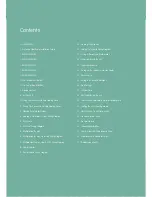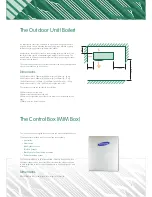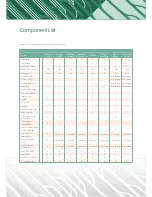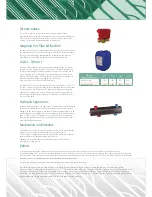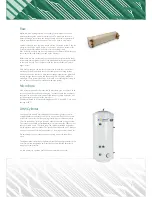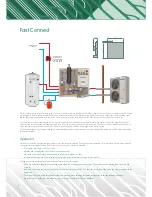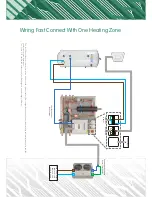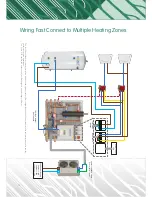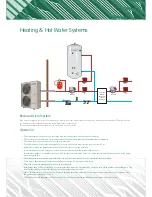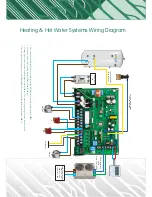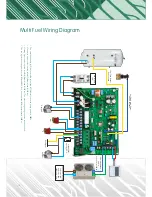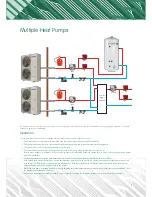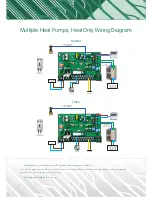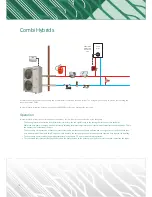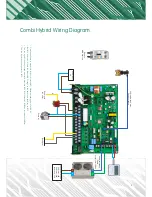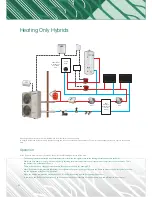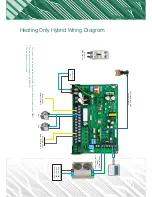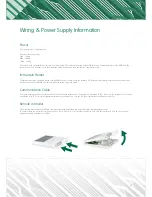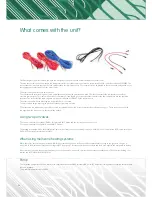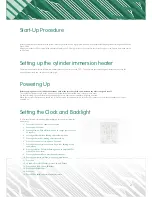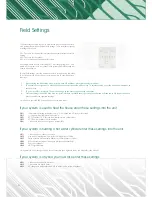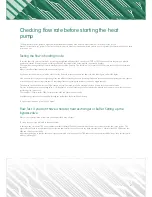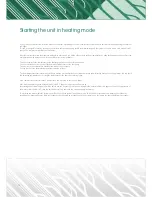
15
Multiple Heat Pumps
For a system that has more than one heat pump, each unit will need it’s own flow and return, this is easily done by using a hydraulic separator i.e. a buffer,
header or with two heat exchangers.
Operation
The temperature of the hot water is controlled with the cylinder sensor and the supplied controller.
• The temperature of the hot water is controlled with the cylinder sensor and the supplied controller.
• The controller has a built in time clock control and has both daily and weekly sterilisation functions for legionella.
• The system is able to be setup as open vented or pressurised.
• The coil within the cylinder must be designed for use with a heat pump with a surface area of at least 2.5 m².
• As with most cylinders, it is possible to connect a PV system to the immersion heaters to reduce costs. A battery storage system is also a great
way to help with this.
• The heating system is controlled via a thermostat / time clock that is wired back to the internal control board (MIM).
• Each heating zone will be controlled by its own thermostat or timer, there is no limit to the number of heating zones that can be connected
onto this system. This system is shown with two heating zones. Each thermostat drives a dedicated zone valve, this in turn will control the
circulation pump and send a run signal back to the unit(s).
• Whilst the heat pump is running, it will be constantly adjusting the water temperature to suit the ambient temperatures and conditions. This is
the weather compensation of the unit.
• Unlike a one unit setup, a multiple heat pump system is capable of heating the hot water cylinder and the property at the same time.
H
Pump
Pump Z1
HW
Z2
Z1
Low Loss
Header
or
Buffer Tank
Pump


